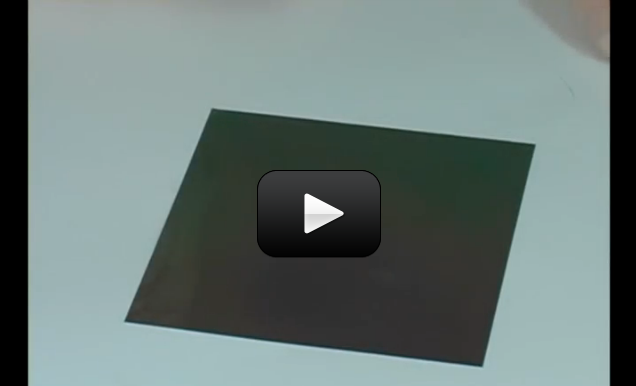If you’ve completed the Soaking Up Rays experiment, you might still be a bit baffled as to why there’s a difference between black and white. Here’s a great way to actually “see” radiation by using liquid crystal thermal sheets.
You’ll need to find a liquid crystal sheet that has a temperature range near body temperature (so it changes color when you warm it with your hands.)
Please login or register to read the rest of this content.

